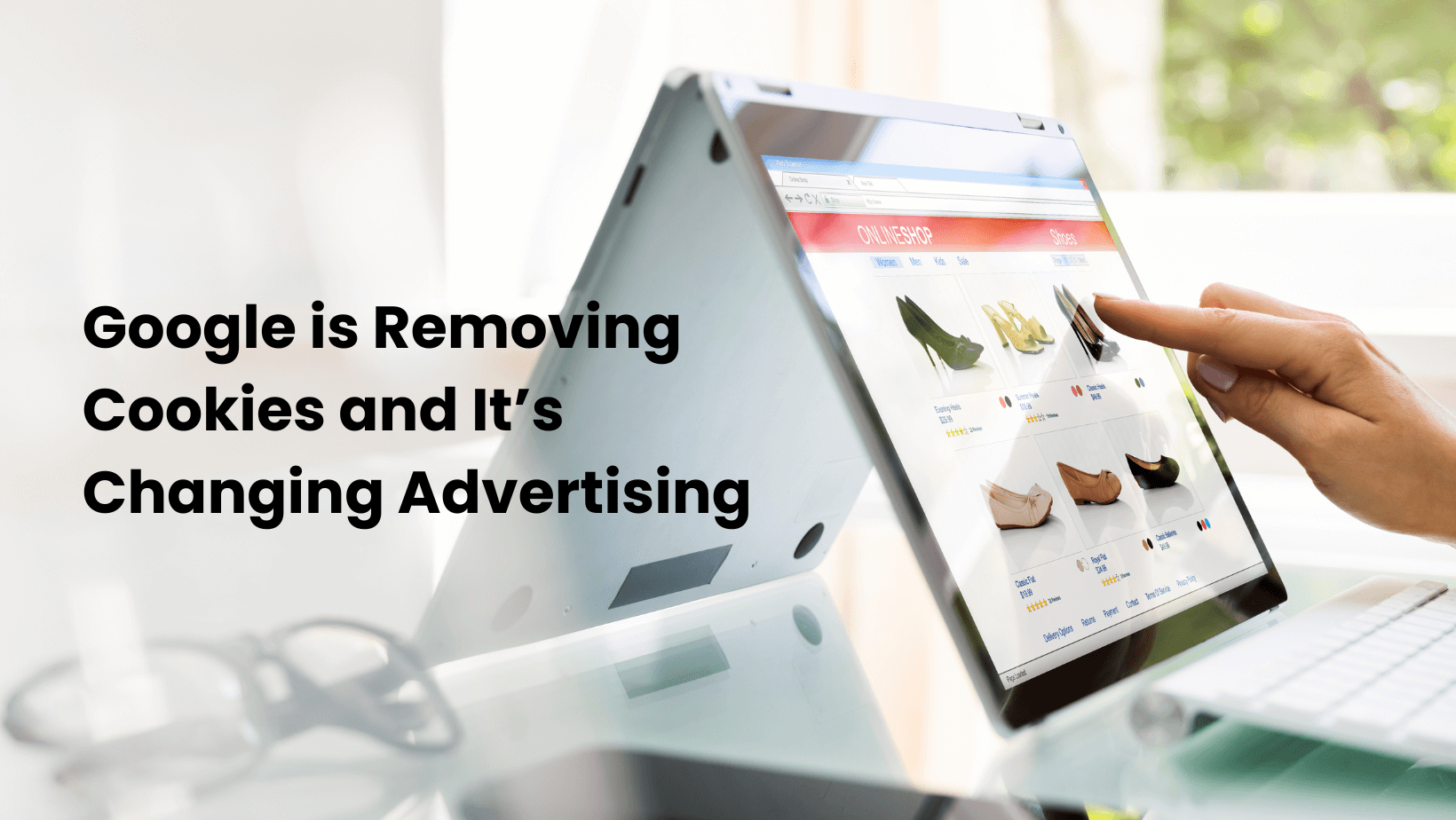 Think about your last big purchase. Did you use the Internet, either for researching a product or to buy something? What was the last thing you purchased from a website?
Think about your last big purchase. Did you use the Internet, either for researching a product or to buy something? What was the last thing you purchased from a website?
What are your favorite websites—and why? Make a list of the top five that you visit and once you’re finished reading this blog, go visit them again and evaluate them through the mind of an “Internet Marketer.”
As a marketer, being able to get inside the mind of your prospects is critical. You need to understand the behaviors and habits of your prospects (what do they buy, how do they buy, what factors influence their buying decision, etc.).
Over the years, I’ve worked with many entrepreneurs, small businesses, and major corporations to help them improve their sales and profits. Through that experience, I’ve realized that it was not uncommon for many of them to be under-utilizing the four stages of the buying process. Yes, there is more than one stage in the buying process; the actual purchase is just one of four main stages.
The concept of multiple “stages” in the buying process applies to all types of selling, but especially for the web, where marketers will need content to address each stage in the buying process. This not only helps your visitors have an improved experience, but it also helps the search engines catalog you as a good reference.
Here are the four stages of the buying process.
Stage 1—“Recognition that they have a problem.”
Every sale begins only after your prospects realize that they have a need. Once your prospects recognize that they have a “problem” (i.e., they are aware of a need or desire!), then they will begin their search for a solution to that problem. Sometimes, as marketers, we need to help them see the problem… we need to point out their headache before we can sell them the pain reliever.Stage 2—“Research and comparison shopping phase.”
You can help guide your prospects through this phase by including on your website an archive of helpful, free articles they can read to learn more about a particular product or service, “specials” landing pages, and content devoted to helping them along through the purchasing process.Stage 3—“The purchase.”
This is the stage where the actual purchase takes place. Once a prospect is aware that they have a need, and they’ve done their research and comparison shopping, they are ready to buy. All that you need to do here is make sure your website has easy-to-follow navigation and links to get them to the check out page. Make the process as easy as possible for your customers to purchase from you—especially online.Stage 4—“The post-purchase evaluation.”
You’ve sold a product and they’ve spent their money, but your job isn’t over if you want them to keep coming back to you. Always follow up a sale with a post-purchase evaluation from your customer. Ask them if they are satisfied or dissatisfied with their purchase? Prospects are always asking themselves whether or not they made the right decision, but you can reduce their pre-purchase concerns by offering guarantees, warrantees, and testimonials from satisfied customers. You can help eliminate any post-purchase doubts with after-sales communications (including a post-purchase satisfaction evaluation).
As an example, let’s say I’m in the market for new energy-efficient hybrid car, but I don’t want a little wimpy car. I want an SUV… and a luxury SUV at that!
What types of keywords might I use to do some online research? I’d start out with “hybrid car,”
“luxury hybrid SUV,” “how hybrids work,” or maybe “hybrid SUV performance ratings.”
If you’re in the business of selling high-performance luxury hybrids, you’d better have content and keywords on your site that match my search engine inquiries.
A final point to keep in mind is that prospects who visit your site will invariably be at different stages of the buying process (a few may even jump right to the purchase stage). Be careful with your assumptions. Let the market tell you what’s working, and if whatever you’re doing now isn’t working—that’s a clear sign you need to change.
As an action step (and you know how I love action steps!), think about the “problems” that your products and services solve for your customers. Are you making the fatal assumption that your prospects will just figure out the benefits you offer on their own?
The best advice I can offer is to resist the temptation of making any assumptions about your prospect’s decision-making process. Remember, stage one of the buying process is helping your customers become aware that they have a problem that you offer a solution to. Their “problem” may also be positioned as a desire, too. But the goal here is to make it crystal clear to them that they found the best source for resolving their problems, wants, and desires when they reached your website.
For more Internet marketing techniques, check out the “Internet Profit Kit for Information Marketers: 101 Proven Tactics & Tools You Can Use to Build Your Business.” Visit https://www.internetprofitkit.com/ for details.
 Branding
Branding Strategic Marketing
Strategic Marketing Creative Concepts
Creative Concepts Web Services
Web Services Speaking & Consulting
Speaking & Consulting Website Maintenance
Website Maintenance Careers
Careers Tools We Suggest
Tools We Suggest 10 Tips to Transform Your Marketing
10 Tips to Transform Your Marketing


0 Comments